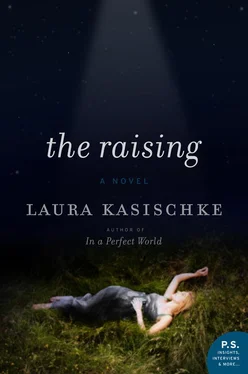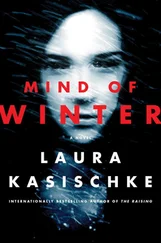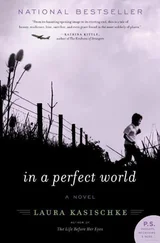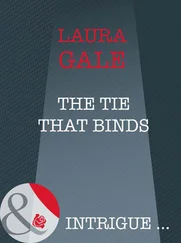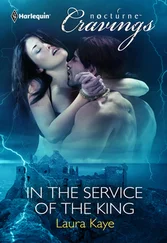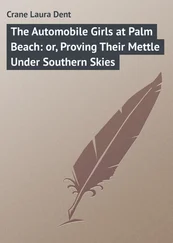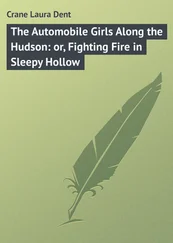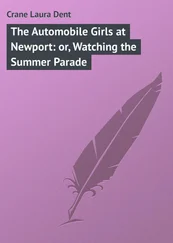“Hey, sorry,” Lucas said to Craig’s silence. “I didn’t mean to—”
“Forget it,” Craig said, more to himself than to Lucas. “Let’s just go smoke a bowl.”
“Splendid idea, dude,” Lucas said. “Let us indeed go smoke a bowl.”
Perry Edwards was waiting outside her office when Mira got there. She wasn’t surprised. There’d been a look on his face when she dismissed the class at the end of the first session, and a hesitancy, as if he wanted to stay behind, had more to say. But Mira was already late for a committee meeting and had made a conscious effort to avoid eye contact, to gather her books and papers up in a way that would convey how rushed she was. She told herself that it was because she was rushed, but she knew there was something else, too—Perry Edwards’s intensity during class combined with what he’d said that day in the hallway when he was imploring her to let him audit:
“I have some fundamental questions about death, questions I’m trying to find answers to,” he’d said. “Because of Nicole. And not just philosophical questions. I have metaphysical questions. Physical questions.”
There was such an urgency in the way he’d said it that Mira had signed his override without asking for any further explanation.
At best, she thought, this was a true philosopher—a metaphysician in the making, one of the rare twenty-year-olds she occasionally encountered who actually had a mission, and the mind with which to accomplish it.
At worst, he was just another morbid college kid, and Mira knew all about those. Who knew better than she the fascination people had with death? Every year she took her class on a field trip to the local funeral parlor and the university hospital morgue, where she had plenty of opportunity to observe their rapt attention to the embalming table, their hushed awe upon being led through the basement to the room with the refrigerators. When there happened to be no dead bodies at the moment, someone—often the most squeamish-seeming of the girls—would express bitter disappointment. And when they were ushered into the autopsy room to find a body still on the coroner’s cabinet, there would be a rush of excited breathing, stillness, awe. Occasionally someone fainted, but no one ever left because they didn’t want to look.
Still, Perry Edwards’s interest seemed bigger than morbid fascination. During that first class he had an answer to every question. This material wasn’t new to him. He’d been doing his own research, for his own reasons. That’s what had made her think she might not want to talk to him after class—that she was not, perhaps, ready to hear about those reasons.
“See you next time,” she’d said that day at the end of class, without looking up.
“Thank you, Professor Polson,” he’d said as he stepped past her, out the door, and into the hallway.
Now he was standing outside her office door, and Mira cleared her throat so she wouldn’t startle him when she came up behind him. There was no one else in the corridor this early on a Thursday morning. He was looking at something she’d tacked up two semesters earlier, a photograph she’d taken in the Balkans during her Fulbright year: a color image of a charnel house in a small village in the mountains.
It had been, in the nineteenth century, the custom in the village to exhume corpses from the local cemetery a few months after their burial, and to display the skulls and long bones, brightly painted with the names and dates of their former owners. Mira had taken the photograph from a distance, but with a zoom lens on a sunny day, and the effect, when the photograph was printed up, startled even her: A dizzying multitude of skulls stared from their dry sockets at a little gathering of tourists, staring back.
Below the photo, Mira had taped an explanation of how the villagers believed that the dead could escape from their graves, and that the only way to avoid this was to dig up the bodies, to make sure they were in their graves, and that the flesh had fully decomposed. That way, if they came upon a corpse on which the flesh hadn’t rotted away (a potential “walker”), the villagers could go through the stake-through-the-heart ritual.
Once or twice, according to village folklore, they came upon an empty grave, and panic broke out. It was said that the village lost three quarters of its nonelderly population during one such panic. They packed up their wagons and moved, leaving behind any grandparents too enfeebled to come along. The year Mira visited the village it was little more than a field of a daisies with a stone church at the center of it, and its only attraction was the charnel house.
“Oh,” Perry said, turning. “Professor Polson. I don’t want to bother you. I just wonder if I could—”
Mira handed him the book she held in her hands, Nils Stora’s Burial Customs of the Skolt Lapps, as she felt around in the darkness of her leather bag for her keys, coming up, first, with the purple nipple of one of the boys’ bottles:
Despite everything she’d read or been told about what she should do, Mira still let the twins carry their bottles around with them when she took them to the store, or to the park. Sometimes the nipples were dislodged, or dirtied, or they wound up on the floor of the car. Who knew how long ago she might have stuffed this one into her bag? Perry Edwards looked at it, and then looked away, as if Mira had shown him something intimate—which, she supposed, it was.
She reached in again, and this time snagged the key ring, which was attached to a rubber heart that Clark had given to her years ago. (“Squeeze me,” it read, and when you did, a little mechanical voice said, “I WUV you.”) She unlocked the door and ushered Perry in, and he sat in the chair across from her desk, looked around, and then handed Mira’s book back to her.
“Are you…? Is this… time? An okay…?” he stammered politely.
“It’s fine,” Mira said. She cleared the books she had piled on her own chair, stacking them on the floor at her feet, and then sat down at her desk, folded her hands in her lap, and said, “How can I help you?”
“I’ve been reading,” Perry said, unzipping his backpack on the floor and leaning over it. He took out a book with the Roper Library’s generic brown cover, and held it up as if it would explain something on its own.
She took the book from him. It was G. Melvin’s Handbook of Unusual Phenomena— book twenty-four on the suggested reading list. It was a text Mira had put on loan in the Godwin Hall dormitory library several years before, but that, to her knowledge, no one had ever checked out. She kept it there for students who might want to explore Ukrainian death and burial superstition further—in particular an account (late for such an account) of a teenage girl killed in a farm accident circa 1952 in a primitive village in the foothills. The girl was said to have managed an escape from her tomb, and the proof of this was that, although she was not seen in the flesh, whenever a photograph was taken in the village in the year following her death, the girl’s shadowy image could be seen in the upper left- or right-hand corner.
In the Handbook were several grainy photos of stiff and formally dressed peasants staring expressionlessly into the camera. In the corner of each photograph a dark-haired girl, blurred, seemed to be moving as quickly as possible out of the photographer’s range. And as if that weren’t enough, the girl had appeared to every man in the village, in the night, unclothed, demanding sex. Apparently, the men obliged her, however reluctantly, and during the act she bit them—a few on the neck, a few on the arm, and one, mercilessly, on the nipple, which she bit clean off his torso before disappearing. Each man died in a farming accident within a few weeks of the event.
Читать дальше
